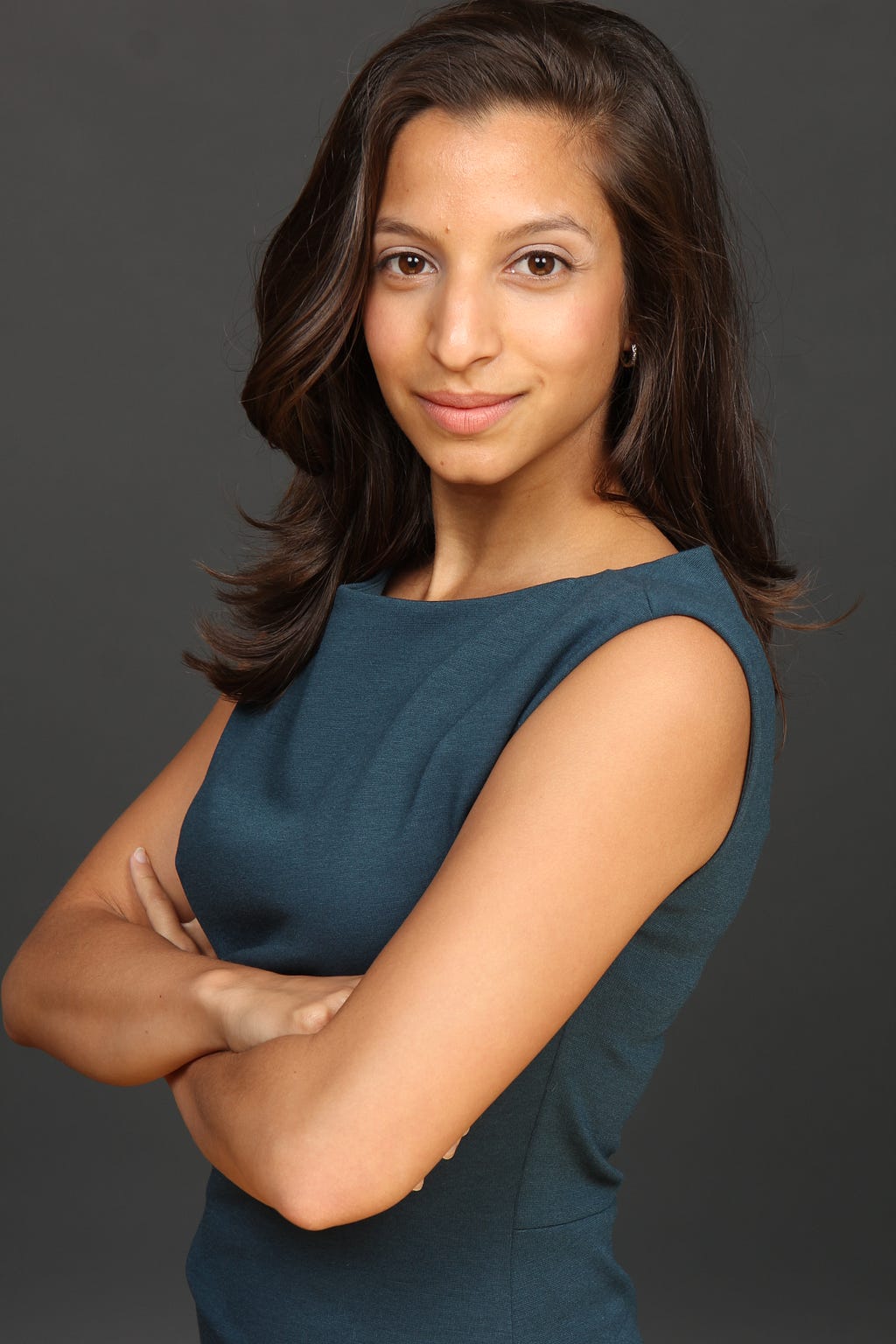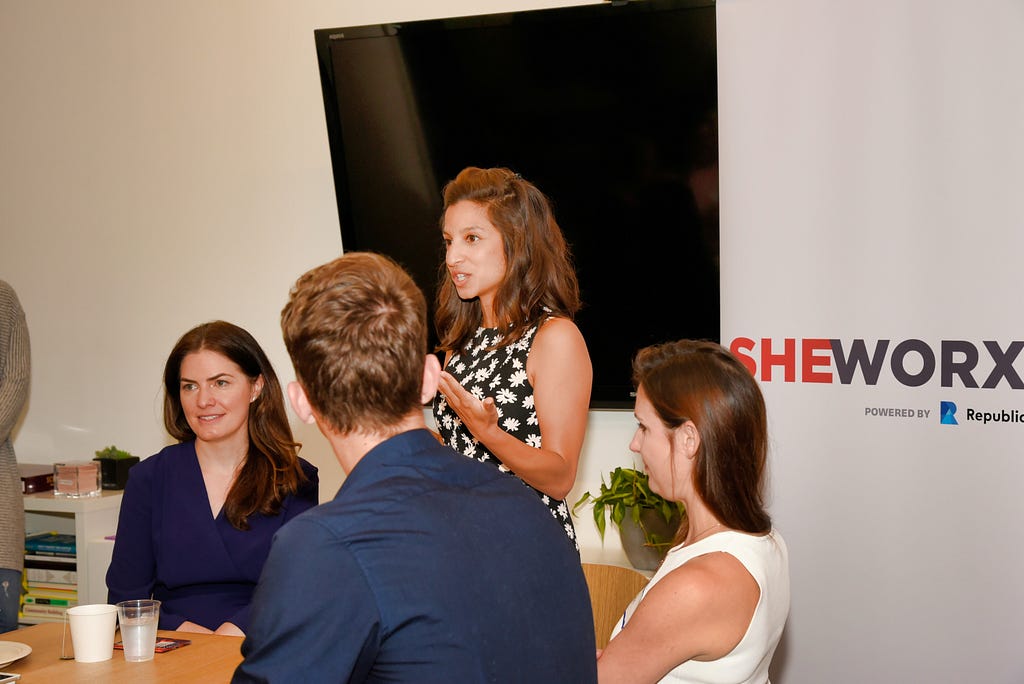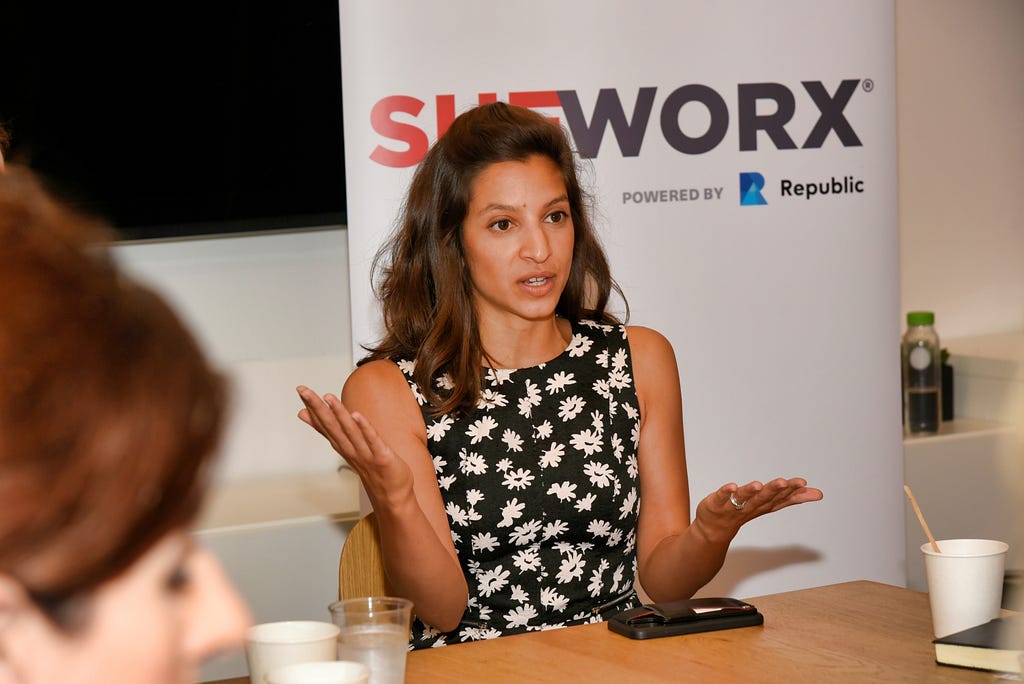“5 Things We Need To Do To Close The Gender Wage Gap”, with Former Bank of America VP Jiab Wasserman

We need the leaders of organizations to have skin in the game. We need to hold people in positions of power accountable by elevating the goal of closing the pay gap to be a formal strategic goal, a priority, and then linking it to their pay and bonuses. While most executive pay and bonuses are tied to quantitative financial performance, few organizations make gender equality in leadership a formal business priority, but those that do tend to outperform their competitors, so it’s a win-win.
As part of my series about “the five things we need to do to close the gender wage gap” I had the pleasure of interviewing Jiab Wasserman. Jiab is recently retired after 25 years in the financial services industry. Her last position was VP of Credit Risk Management in Small Business Card division with Bank of America, the second largest bank in the US, with assets over $2,377 billion and 205,000 employees. Jiab lived in Thailand for the first 22 years of her life. She went to Chulalongkorn (King’s) University in Bangkok, where she earned a degree in Industrial Engineering, one of only a handful of women in the IE program. After working as an engineer in Thailand, she came to the United States and earned an MBA from Auburn University. Jiab then worked in financial services for a combined 25 years. Most recently, she spent 17 years with Bank of America, first as an analyst, then senior analyst, eventually working her way up to become a Vice President of credit risk management. After her retirement in 2018, Jiab started a blog with her husband at Yourthirdlife to blog about downshifting, personal finance, their experiences relocating to another country, and other aspects of retirement. She also writes for a personal finance blog at Humbledollar.com where she wrote about gender pay gap in a three-part series.
Thank you so much for joining us, Jiab! Can you tell us the “backstory” that brought you to this career path?
I am originally from Thailand — born and raised there. I remember back when I was growing up that there were not a lot of women working outside their homes, let alone working in the math and science fields. My parents, a doctor and a nurse, were very progressive and ahead of the times then. Whenever we discussed my career choice, my parents always told me to pursue anything, even if it was a non-traditional career-choice for women. I was always good with math so I decided to pursue a career in Engineering. I passed the most difficult annual entrance examination and was admitted to the College of Engineering at Chulalongkorn University — the oldest and most prestigious university in Thailand. I was one of only 24 female students among 400+ male engineering students at the university, and in my Industrial Engineering major, I was one of only two female students.
I worked as an engineer for a couple of years, and then came to the US for an MBA. I then spent over 25 years in financial services industry — I started with UK Standard Chartered Bank, then worked for a small mortgage broker for a few years, then worked for Citi for five years, and finally spent the most time climbing the corporate ladder for 17 years at Bank of America.
I give all the credit to my parents who always encouraged me to pursue a non-traditional career for women even though it was not easy to work in the male-dominant fields of engineering and finance. Additionally, working in the US with English as my second language added to the challenge.
Can you share the most interesting story that happened to you since you began this career?
I would say the most interesting story is about my nickname — Jiab. It is the sound a bird makes — like “chirp” in English — and is actually a fairly common nickname in Thailand. At work, when I sent out an email to someone who didn’t know me, they never know if I was male or female. Most assumed that I was male so they usually address me as “mister.” Also, whenever I received a phone call or someone had to read my name, usually there was a pause when they get to my name. Usually, they would “overpronouce” my name, calling me “Jeeee-yab.”
Can you share a story about the funniest or most interesting mistake you made when you were first starting?
When I started a new job at The Associates (now Citi), I just had a baby who was only 6-months old. So, I pumped my breast milk every day. Back then, there was no lactation room and I could not use the regular lady’s bathroom with stalls because there was no electric outlet to plug in my portable breast pump. I had to use the accessibility bathroom for both males and females with an electrical outlet inside the bathroom to supposedly provide me with privacy. The problem was that the room was located by the hallway toward the break room so there was quite heavy traffic in front of the bathroom. I had to pump at least twice a day and some days even three times. One day I was in a meeting with my colleagues and my manager. All of them were male. My manager mentioned that he often heard a loud buzz coming from the accessibility bathroom when he walked past and he just wondered what the buzz sound was from. I, then, told him that it was me pumping my breast milk twice a day. I remember the awkward and embarrassed look from all of the males in the room. Some of them turned red, especially my manager, who quickly changed the subject.
Can you tell us what lesson you learned from that?
Before that meeting, I had to step away from my desk for 20–30 minutes to pump, so it looked like I was away for a long time at least 2–3 times a day. Sometimes my manager would be looking for me during that time but I never told him why I was away. After that incident, surprisingly, my manager was very understanding and supportive. When I had to be away and if I expected that he may be looking for me, I would let him know. I have learned since then that it is good to be honest and that good managers (male or female) are supportive of family obligations.
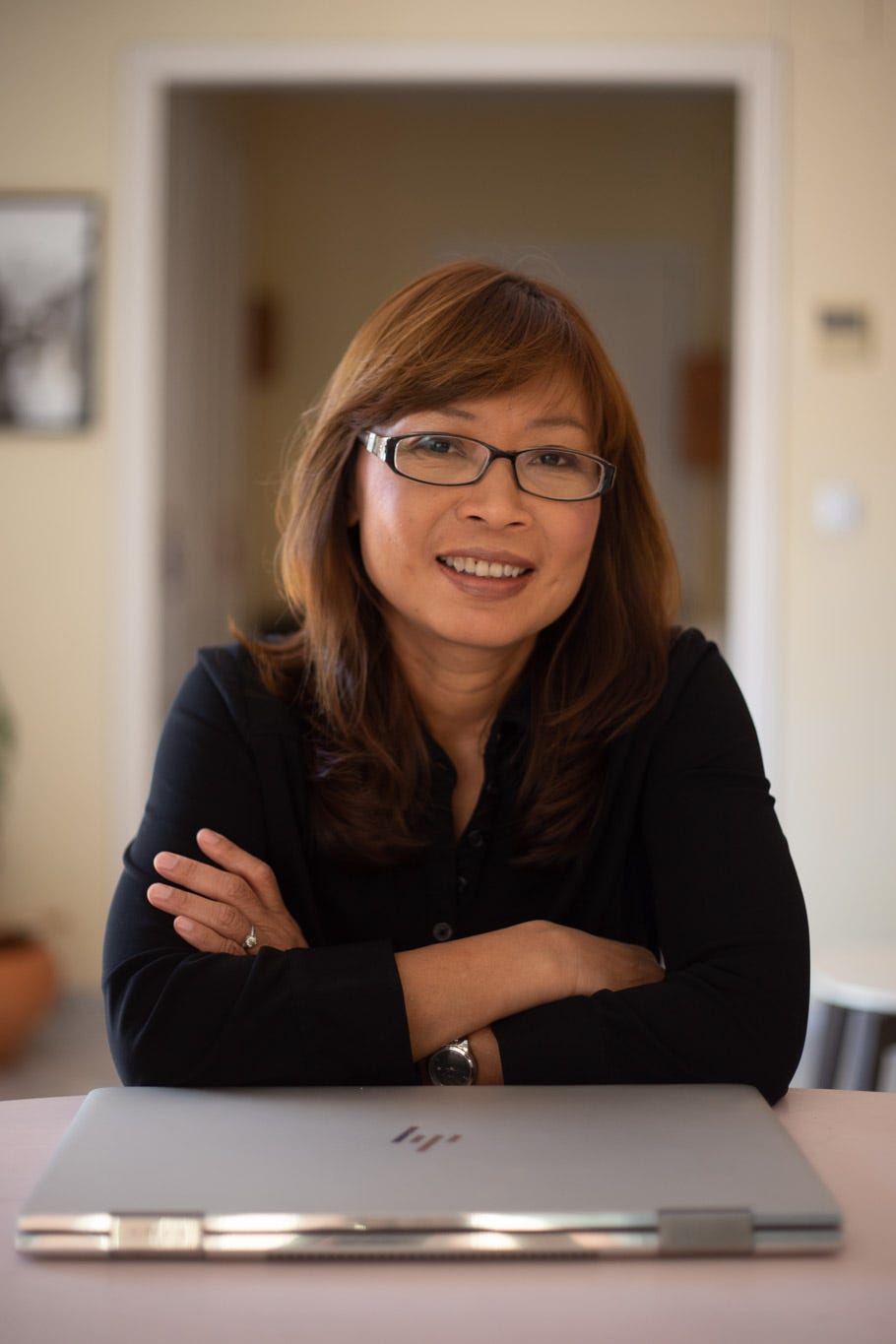
Ok let’s jump to the main focus of our interview. Even in 2019, women still earn about 80 cents for every dollar a man makes. Can you explain three of the main factors that are causing the wage gap?
I would assert that there is only one main factor that causes the gap — the work that women do is valued less than the work done by men, even if it is the same work or kind of work. This then causes effects like occupation segregation, the motherhood penalty vs fatherhood bonus and fewer opportunities for women to advance in their careers. These effects are often mistaken as the main factors that are causing the wage gap.
There are many examples. Janitors (usually men) earn 22 percent more than maids and house cleaners (usually women). Men are paid more watching cars (as parking lot attendants) than women are paid watching children (as child care workers), but few would argue that the former is more intrinsically valuable work (U.S.Bureau of Labor Statistics, 2018e).
Other examples demonstrate that men and women are paid differently not just when they do different jobs but also when they do the same work. Female physicians, for instance, earn 71 percent of what male physicians earn, and female lawyers earn 82 percent of male lawyers.
When women perform better than men, as in the case of the US Women’s soccer team using revenue as a benchmark, they still get paid less. US women’s soccer matches had stronger ticket sales and brought in more revenue than the men’s team between 2016–2018, They have earned about $90,000 each in World Cup bonuses so far, but they would have made $550,000 per person if they were paid like the men.
Jobs traditionally associated with men tend to pay better than traditionally female-dominated jobs that require the same level of skills, which then causes occupational gender segregation. Working in traditionally male fields will likely improve wages for individual women, but it is unlikely to eliminate the pay gap. Women in such male-dominated jobs as computer programming still face a pay gap compared with men in the field.
Research also shows that when women enter a previously male-dominated profession, average wages decrease, even after controlling for education, work experience, skills, race and geography; The reverse was true that when a job attracted more men, like computer programming which used to be seen as a relatively menial role done by women. When male programmers began to outnumber female ones, the job began paying more and gained prestige. In addition, men are paid higher salaries even within fields that women tend to dominate, such as nursing.
The devaluation of women’s work causes three main effects: occupation segregation, a motherhood penalty vs fatherhood bonus, and fewer opportunities for women to advance in their careers.
Can you share with our readers what your work is doing to help close the gender wage gap?
I am speaking out, especially now that I am free to do so. The reality is that many want to speak out, but because they are “still in the game” they cannot for fear of retribution. For those of us who now have the freedom to speak, especially those of us who managed to rise up through the system, it’s important for us to say, “I crossed the finish line, was successful, but the race is still rigged.” Our voices are the most powerful tools to challenge the status quo, and the voices need to be united, from people just getting started, to mid-career workers, to people like me, retired and having the benefit of hindsight. So, my contribution to close this gender pay gap and to fight this issue is to bring awareness to people — to shed light on the problem — through my writing and sharing with others through speaking and social media.
Research has shown that there are still many people — mostly men — denying that there is a gender pay gap issue. According to a new poll from SurveyMonkey, reported by Time, nearly half of men (46%) believe that the pay gap issue “is made up to serve a political purpose” rather than being a “legitimate issue.” Ellevest’s 2018 Money Census found that, while 83% of women recognize that there’s a gender wage gap and fully acknowledge the financial and career inequalities women encounter on the job, only 61% of men agree likewise.
After I retired last year in 2018, I started to write both for a blog I co-created with my husband and for financial sites like Humbledollar. I have written about my experience and the broader gender pay gap issue. One extensive piece was published as a 3-part series; surprisingly, I received a lot of push back from both men and women. Some argued that men work more, women tend to choose lower paying jobs, women are not committed in their career, and several outright denied that there is a gap.
Can you recommend 5 things that need to be done on a broader societal level to close the gender wage gap. Please share a story or example for each.
1. Change the general mindset. There is an old saying, “To solve a problem, first you have to acknowledge there is a problem.” If you don’t think you have much of a problem, there is little urgency to push for change.
There are three groups of people based on different levels of acknowledgement of the gender pay gap issue. The first is people who acknowledge we have a problem and understand how big the impact is. The second group is people who are vaguely aware but don’t quite fully understand the scope and effect and thus aren’t fully committed. The third group is people who deny that there is even an issue.
Two years ago, I was in the second group; I was aware of the gender pay gap, but thought of it as an abstract idea… until the day I attended a Dallas Federal Reserve Bank meeting. It was April 4, 2017 — Equal Pay Day, the day that women have to work into the following year in order to earn what men earned the previous calendar year in the US. The Federal Reserve presentations left me speechless and disturbed. Since that day, I realized this is a big issue facing all of us and made a commitment to speak up and bring awareness.
So, the first step, I think, is to move more people from the second to the first group. If more people understand the magnitude of this problem, that it impacts half of the population directly and all families at least indirectly. Grandmothers, mothers, aunts, daughters, and friends, as well as their partners and dependants are negatively affected.
2. Next, we need the leaders of organizations to have skin in the game. We need to hold people in positions of power accountable by elevating the goal of closing the pay gap to be a formal strategic goal, a priority, and then linking it to their pay and bonuses. While most executive pay and bonuses are tied to quantitative financial performance, few organizations make gender equality in leadership a formal business priority, but those that do tend to outperform their competitors, so it’s a win-win.
According to a survey by IMB Research Insight study of 2,300 companies worldwide across 10 industries and 9 geographic regions around the world, only 18% of companies have women in their senior leadership, meaning 82 percent are men. Given this immense disparity, we can’t escape the fact that when we talk about what organizations are willing to do to advance women, the discussion has to be about what MEN are willing to do.
So, the focus needs to move from “fixing” women — how to work within a bad system by asking for a raise, or to negotiate salary, or even to be more assertive — to fixing the behaviors and systems that perpetuate bias and the gender gap from the top down. It is easy to say we are “committed to the cause” or “support women” but then do little.
If leaders fail to meet their goals, it should not be glossed over. It should be addressed the same way as missing any other strategic goal.
3. Measurement: There needs to be an audit, reporting and analysis to determine current state or the “baseline” status of a company. Before making any changes, companies need to know exactly where they fall in terms of employees and gender, especially as compared to industry averages. Which areas over-deliver on male (and under-deliver on female) representation? Even more, companies should look for where the gap starts within their own structure — at the low level employees, middle level management, vice president level, or executive level? What areas / departments / teams have the most or least pay deficit and why?
After the current baseline is established and the problem areas are identified, the company then can take action to close the gap by setting a specific goal and timeline to accomplish it.
The company also should also be transparent and share the report and analysis results with employees. I will also go as far as to suggest that the company should use the report as the starting basis for taking corrective measures, including adjust existing employees’ compensation in the area where gaps are identified.
4. There needs to be wage and salary transparency. Wage transparency instills trust. It sends the message that the company is committed to being honest and being accountable. Having to publish employee salaries means employers have to know exactly why someone is getting paid more than someone else. Employees then don’t have to negotiate wages in the dark.
According to a study by Harvard Business Review, the efforts to address these disparities through transparency can be effective — and beneficial to the firm as a whole, especially as to their female employees. The study showed that gender pay gaps shrink when companies are required to disclose them.
5. Confront unconscious gender bias. This is a big one. Gender bias exists in most cultures worldwide. Unconscious biases — that both men and women harbor — can impact talent management decisions and compensation. To advance more women into leadership roles and other positions throughout your organization, the company needs to confront its culture’s unconscious biases and revisit its current processes in hiring, benefits, performance evaluation, promotion, and career development.
Hiring: Gender-blind screening of job candidates can reduce the risk of qualified women being overlooked. Adopt an equal-pay-for-equal-work policy for all new hires.
Benefit: Men as well as women should be allowed to focus on their families by companies providing parental leave and flexible hours for all employees. By making this a standard practice, it is less likely to be a “woman’s issue.” Maternity leave is cited by many surveys as one of the top barriers women face in the advancement of their careers, so adding paternity leave will equalize things more and allow men to be a parent and equal partner at home.
Performance evaluation and promotion: Studies show that leaders or managers (mostly male) tend to promote employees who think and act like them. Men and women need to be measured against the same measurable performance criteria rather than relying on subjective evaluations that can be influenced by an evaluator’s conscious or unconscious bias (“I golfed and drank with him last week. He is a nice guy.” versus “She skipped the meeting to tend to her sick child. She must not be that committed to her job”). In evaluating an employee for a promotion, women are often assessed for promotion based on actual performance while men are often promoted based on their “potential.” Thus, men aren’t required as much to prove they are already capable of the promotion. The standard needs to be equal and free of cultural presumption.
Career development: The companies need to provide career development planning specific to women’s needs. First, acknowledge that women traditionally have been overlooked for leadership roles in part because of family commitments. Also, there are negative stereotypes about women’s fitness for leadership, such as the idea that it’s a woman’s own lack of ambition that holds her back, that needs to be confronted. Companies should provide career development plans that support each employee’s (men and women) skills and professional aspirations. Women need to be equally recognized for their potential and accomplishments. This is not about promoting women to fill a quota, but to create a level playing field for all to advance their career.
Speaking from my own experiences, and confirmed from what I saw with other female colleagues, I had to juggle between my career and my family and was often met with negative reactions from some of my male managers. In 2012, one of my male managers threatened to fire me when I asked to take a longer lunch break to attend my son’s sixth birthday party at his daycare center. While the manager approved my request unwillingly, his exact words were, “Next time, you will have to choose between being a mom and working here.” Yet, that same manager was able to take an afternoon off so he could go golfing with his (also male) fellow managers.
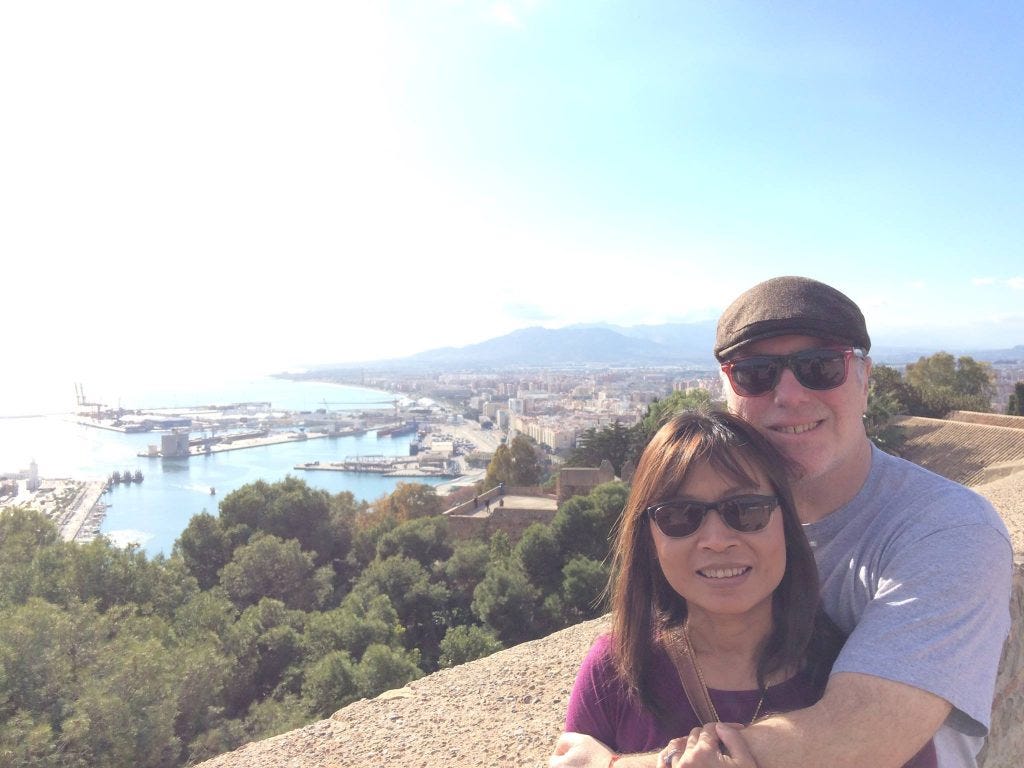
You are a person of great influence. If you could inspire a movement that would bring the most amount of good to the most amount of people, what would that be? You never know what your idea can trigger. 🙂
The general perception is that men are “supposed” to be strong and assertive, whereas women should be softer and gentler. There is, however, no allowance for cross-over personalities or even a combination thereof. If a woman breaks societal perceptions and is seen as too assertive or direct (even in merely displaying the same behaviors a man does), she is called the b-word. If she is not assertive enough, however, she is labeled as a weak leader. It’s a Catch-22. By the same standards, studies show that if men are viewed as nurturing and empathic, they are thought to be weak leaders as well, so it’s a rigid standard that hampers everyone.
Society seems to value “male-thinking” (analytical, assertive) much more than “female-thinking” (intuitive, collaborative, even emotional). Both kinds of thinking, in fact, are part of both genders and a combination of both is needed for success. Like a good general, a successful leader does not have one approach, but rather, they learn to utilize different strategies to fit different situations using multiple approaches from their skill set. We need to stop favoring one and demonizing the other. We also need to embrace that male-thinking (analytical, assertive) can be in a woman and vice versa. For example, I am a female but I am more analytical than my husband. So, I had a career in an analytical field like engineering and analysis while my husband had a career in the humanities. I also took care of the bills!
So, I would inspire a movement that values male and female aspects — the yin and yang — equally, as well as removes the perception that someone has to be one or the other, based on their gender, rather than a blend that complements and completes a person.
Can you please give us your favorite “Life Lesson Quote”? Can you share how that was relevant to you in your life?
My life lesson quote is from my father: “ Keep fighting. No matter how far behind you are, as long as the game is still being played, you still have a chance. When you lose a point, focus on the next one. There is always the next point, game, set and the next match.”
My father is a medical doctor who taught me tennis when I was young. I learned that tennis is as much a mental game as a physical one. He taught me to never give up no matter how far behind in the game I was. I carried this advice into my career and personal life as well. In my career, when I was declined a promotion, I quickly moved on. I focused on my next move or my next opportunity. I kept telling myself that I was still in the game and I still had a chance, no matter how far behind I was. I can’t claim it was easy. Before I landed my final position as a vice president of credit risk management, I had applied for a transfer internally for 83 positions.
We are very blessed that some of the biggest names in Business, VC funding, Sports, and Entertainment read this column. Is there a person in the world, or in the US whom you would love to have a private breakfast or lunch with, and why? He or she might see this, especially if we tag them. 🙂
Melinda Gates, because of her work with the Bill & Melinda Gates Foundation and her commitment to gender equality. I admire both of them for their commitment to use their talent and good fortune for the good of others, especially for those with less opportunity. I would be thrilled to meet her.
This was really meaningful! Thank you so much for your time.
Next Steps
- Please read this document that addresses the most frequently asked questions: http://bit.ly/AuthorityMagazineFAQ
- Please upload the completed interview, bio and pictures in this upload form HERE. The approximate posting date will be listed there. Links to the live articles will be shared there as well. Kindly, please don’t email the assets to the editor.
- When you send this back, please include 3–4 high quality pictures of you that we can include in the article. They should be at least 1100 pixels wide.
- Please make sure to proofread it carefully. We are unable to make changes after its live.
“5 Things We Need To Do To Close The Gender Wage Gap”, with Former Bank of America VP Jiab… was originally published in Authority Magazine on Medium, where people are continuing the conversation by highlighting and responding to this story.




